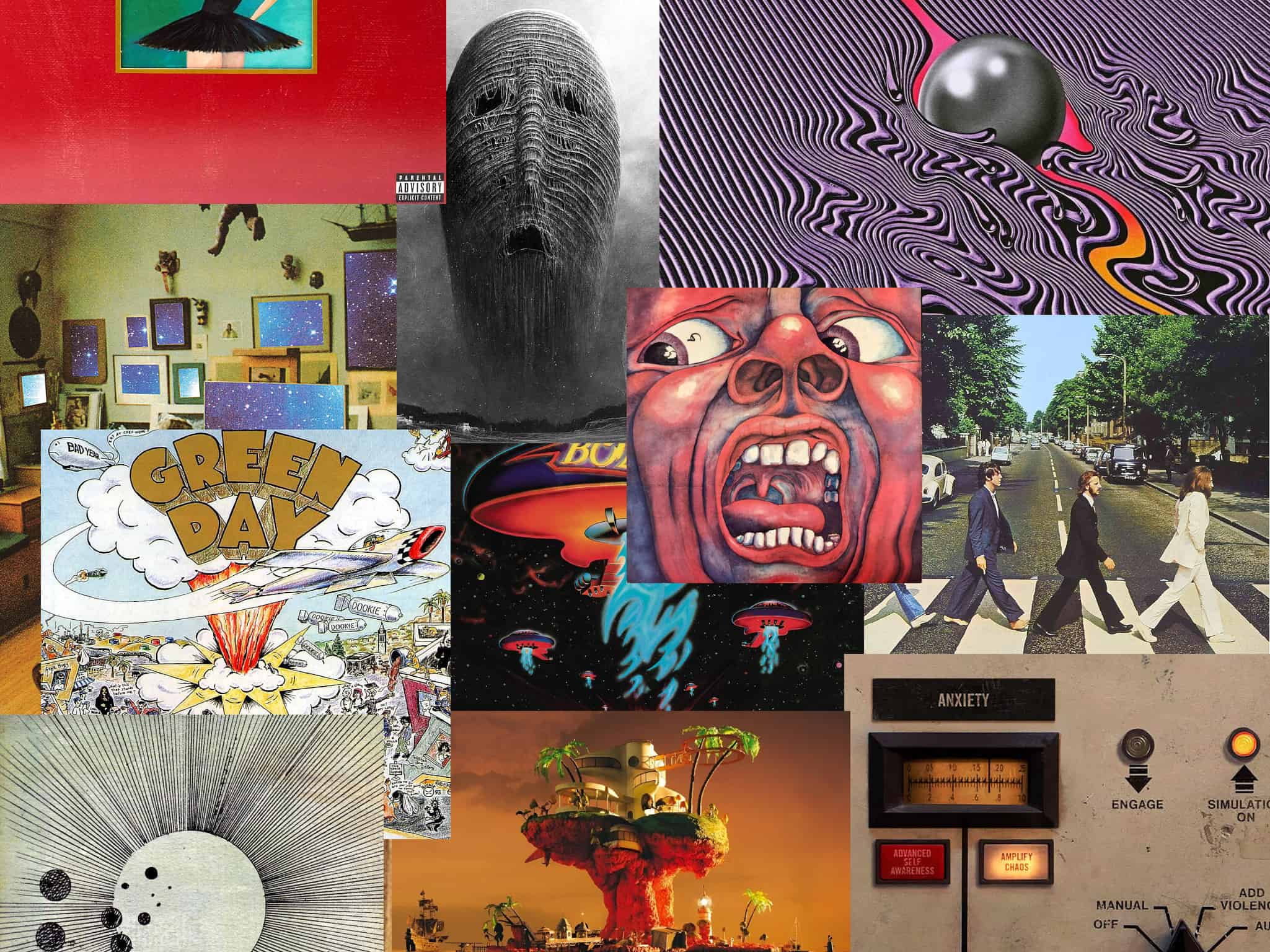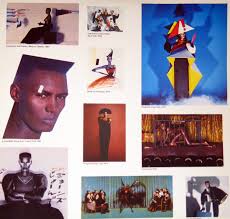
Iconic Album Covers That Influenced Fashion More Than Magazines
May 28, 2025 UncategorizedFashion inspiration comes from many places — the runway, street style, influencers, and of course, magazines. But some of the most lasting, culture-shifting style moments didn’t come from the glossy pages of Vogue or Elle. They came from album covers — those square slices of music history that not only changed sound, but shaped the way we dressed, posed, and expressed ourselves.
Here are some of the most iconic album covers that didn’t just define music — they became fashion blueprints, influencing entire generations more powerfully than traditional fashion media ever could.
1. David Bowie – Aladdin Sane (1973)
That lightning bolt. That fiery red mullet. Bowie’s Aladdin Sane cover is more than a photo — it’s a fashion manifesto. Bowie blurred the lines between masculinity and femininity, pushing glam rock into high fashion with unapologetic flamboyance. This cover ignited the glam era and inspired decades of androgynous fashion on runways and in everyday life.
Fashion Legacy: Gender-fluid looks, bold makeup, theatrical styling — still visible in modern designers like Rick Owens and Gucci.

2. Grace Jones – Island Life (1985)
Shot by Jean-Paul Goude, Grace Jones’ Island Life cover is one of the most visually striking in music history. Her impossibly long limbs, exaggerated pose, and sculptural body turned the album into high art. Jones’s powerful, angular look challenged traditional beauty norms and inspired fashion to embrace bold, unapologetic individuality.
Fashion Legacy: Strong silhouettes, minimalism meets futurism, androgynous edge — a staple reference for avant-garde designers.
3. The Velvet Underground & Nico – The Velvet Underground & Nico (1967)
Designed by Andy Warhol, the iconic banana cover symbolized counterculture cool. While the art itself is minimal, the band’s look — leather, sunglasses, striped tees, and nonchalant attitude — set the template for indie and punk fashion long before those labels had names.
Fashion Legacy: Effortless New York cool, leather jackets, minimal makeup, and the rise of “anti-fashion” as fashion.
4. Madonna – Like a Virgin (1984)
With lace gloves, tousled hair, a “Boy Toy” belt, and layers of pearls, Madonna’s Like a Virgin cover introduced the world to a new kind of pop star — one who dictated fashion as much as followed it. Her provocative bridal look redefined femininity and gave rise to rebellious teen fashion for years to come.
Fashion Legacy: 1980s lace, visible lingerie, fingerless gloves, and the boom of DIY fashion aesthetics.
5. Nirvana – Nevermind (1991)
Though the cover features a baby chasing a dollar underwater, the fashion ripple effect came from the band itself. Kurt Cobain’s thrift-store flannel, ripped jeans, and oversized sweaters became grunge gospel — a movement that echoed more deeply in fashion than in music magazines.
Fashion Legacy: Grunge, normcore, undone fashion — echoed by designers like Marc Jacobs and labels like Balenciaga.
6. Run-D.M.C. – Raising Hell (1986)
With Adidas tracksuits, gold chains, and shell-toe sneakers, Run-D.M.C. turned streetwear into a global fashion language. They didn’t follow trends; they created them, often straight from their album covers and stage outfits. Their style bridged the gap between hip-hop culture and high fashion.
Fashion Legacy: Birth of hip-hop street style, Adidas x artist collaborations, and logo-driven fashion as statement.

7. Prince – Purple Rain (1984)
On the cover, Prince sat atop a purple motorcycle, dressed in a frilled shirt, high heels, and dramatic eye makeup. It was theatrical, sensual, and utterly singular. Prince wasn’t just wearing fashion — he was fashion, refusing to be categorized and opening the door for non-binary, fluid expression in music and clothing.
Fashion Legacy: Luxe genderless style, high drama, velvet, and ruffles — all still appearing on today’s runways.
Final Thoughts
Magazines may have captured the moment, but album covers often created it. From the glam rock of Bowie to the streetwear revolution of Run-D.M.C., these iconic visuals didn’t just showcase style — they changed it. Fashion, when filtered through music, becomes visceral, personal, and powerful.
These covers remind us that sometimes, a 12-inch square of cardboard can influence fashion more profoundly than an entire season’s worth of magazine spreads.
